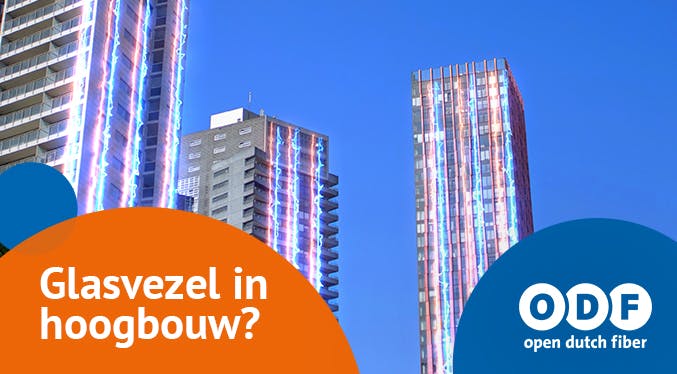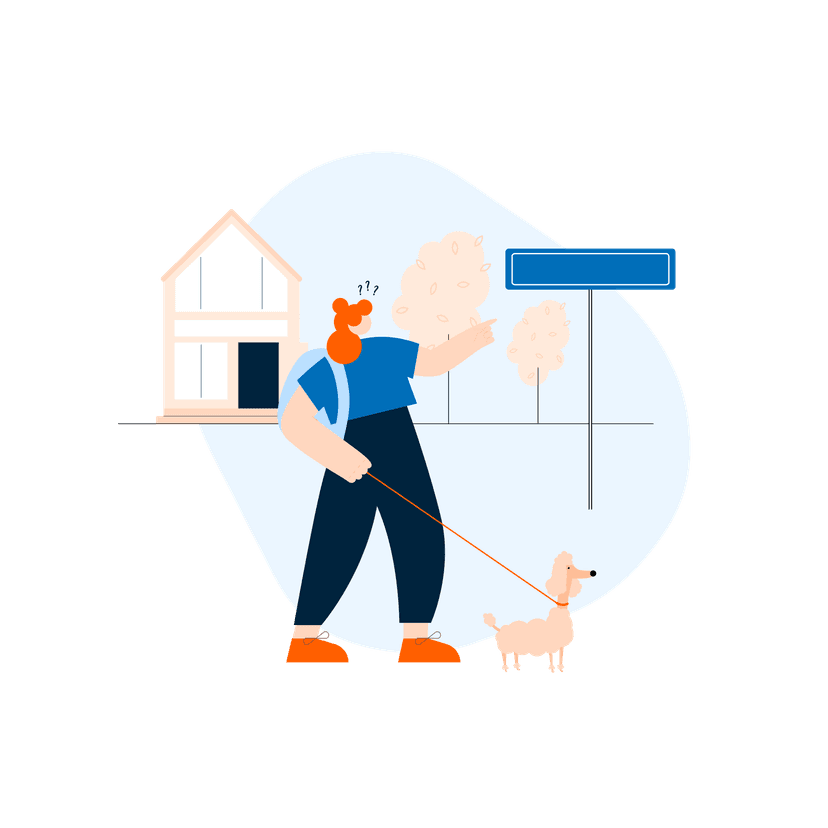Five ways to connect high-rise buildings to fiber optic as efficiently as possible
Aug 28, 2023
Open Dutch Fiber is working hard to achieve the revised goal of 2 million home connections in 2025. One of the components to accelerate this goal is choosing the most suitable connection method for high-rise buildings. Each high-rise building is different. The diversity of buildings requires different ways of connecting. A time-consuming task. That is why four standards were developed by Open Dutch Fiber, in addition to fully customized solutions. Depending on the building, the possibilities it offers, and the preferences of the housing corporation or VVE, the right method is chosen.

An important basic condition for acceleration is minimizing the impact on residents and therefore their dependency. When a house connection is realized and all residents must be at home at the same time , the dependency and thus the impact is significant. Open Dutch Fiber tries to minimize this as much as possible.
The standard
Broadly speaking, there are two different ways to connect an apartment building to fiber optic, after the primary cable is laid on the street. Either around the building or inside. The standard method assumes an indoor installation. From meter cupboard to meter cupboard, the cable is led through existing cable ducts. This requires all residents to be at home at the same time and all to give permission for a house connection. This means a lot of impact for the residents and an installation that is impossible when one of the residents is not at home or does not (yet) want a fiber optic connection.
Installation for monumental buildings
For monumental buildings, rules are attached to the outside. Therefore, the installation must be done indoors, often lacking the luxury of existing cable ducts that can be extended. In that case, a multiple fiber optic access point is installed in the meter cupboard. Where usually a fiber optic access point is used per household, ODF places a multiple fiber optic access point in these monumental buildings due to limited space. Through the common areas, for example a stairwell, a thin flexible cable is brought to each residence. The installer tries to hide the cables and the fiber optic access point as much as possible. The installation causes some inconvenience to the residents, but everyone can be relatively easily connected in this way, at any time.
Use of a high-rise plug
Then there are two more methods to install fiber optic around the building. Installing around the building reduces the impact on residents and the dependency significantly. In fact, fiber optic can be connected to each household without causing inconvenience to the other residents. All cabling is prepared outside for each residence with a cherry picker. Depending on the building, a high-rise plug with tracker is used on the facade and interior wall to store the fiber optic for residents who do not immediately want a house connection. When a resident later decides to have a connection, this can be easily done, as it has already been prepared.
The common gallery with cable conduit
The final method for installing around the building focuses on buildings with a common gallery or balcony. The cable conduit is placed for each residence against or within a meter of the facade. Of course, neatly concealed under the gallery or balcony. The fiber optic cable can also be stored in it. When a resident later decides to have a connection, a hatch needs to be made in the gutter to create a new branch. The level of inconvenience is manageable, but the work takes slightly longer compared to the previous method.Finally, the last method consists of fully customized solutions if one of these methods is not sufficient. Open Dutch Fiber recently acquired telecom installer TOF. They can, in consultation with the housing corporation or VVE, assess well which method works best to provide residents with a fast and stable fiber optic connection with minimal inconvenience.

Superfast internet via fiber optic for everyone
More and more households are gaining access to superfast internet. Do the postcode check and check the status at your address.
Curious about what we do with your data? Take a look at the privacy statement.